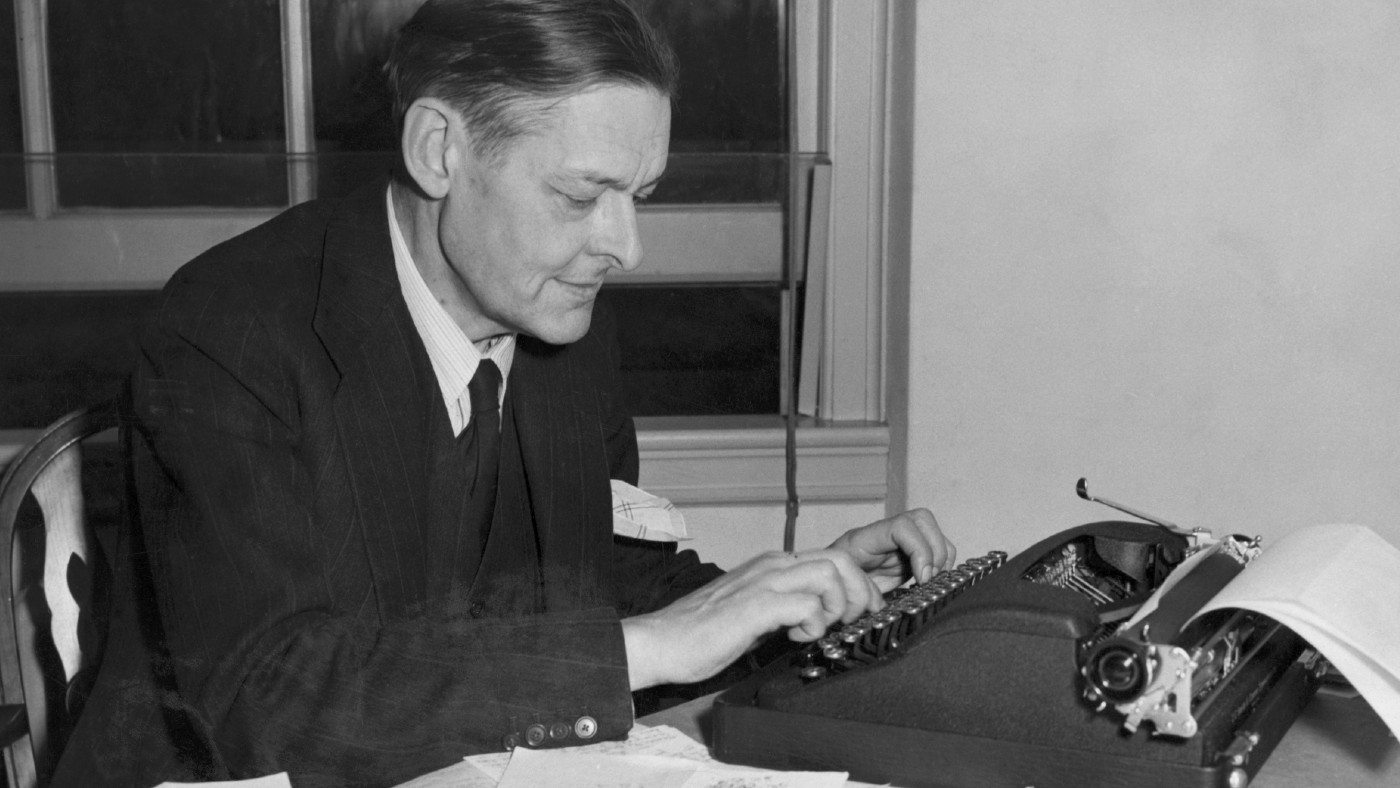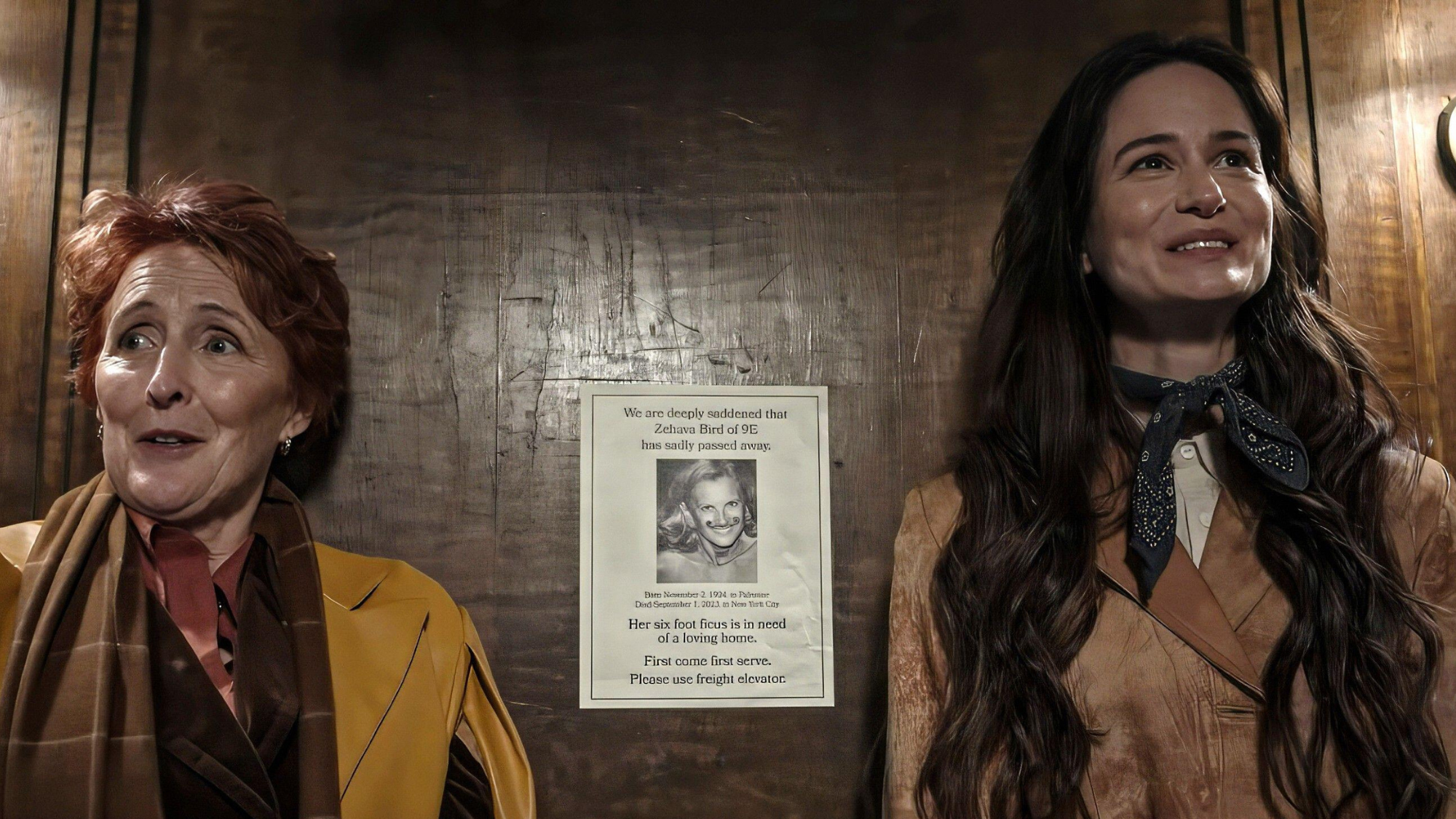The Waste Land: T. S. Eliot’s modern epic turns 100
Poem, first published in October 1922, is one of the most influential of the 20th century

The Waste Land was first published in The Criterion, a magazine that Eliot edited, in October 1922, and as a book two months later. Ever since, it has been regarded as the pre-eminent modernist poem in English – and the second great modernist work to be published in 1922, after James Joyce’s Ulysses.
It remains one of the most influential poems of the 20th century. Phrases from it, such as “April is the cruellest month”, “Unreal city”, and “I will show you fear in a handful of dust”, have seeped into the culture. Eliot became one of the leading literary figures in the English-speaking world, until his death in 1965.
The centenary has been marked by a series of books about The Waste Land and new biographies; the last unseen part of his papers – more than a thousand embargoed letters written to a lover in the 1930s – was opened to researchers in 2020.
The Week
Escape your echo chamber. Get the facts behind the news, plus analysis from multiple perspectives.

Sign up for The Week's Free Newsletters
From our morning news briefing to a weekly Good News Newsletter, get the best of The Week delivered directly to your inbox.
From our morning news briefing to a weekly Good News Newsletter, get the best of The Week delivered directly to your inbox.
Who was T. S. Eliot?
Thomas Stearns Eliot was born in St Louis, Missouri, in 1888, into a grand Boston family that had moved to the Midwest. (His father, he recalled, once told him off “for using the vulgar phrase ‘OK’”.) He started writing poetry while he was a graduate student at Harvard, where he was expected to become a philosophy professor. Instead, after winning an Oxford scholarship, he settled in England. In 1915 he met and married Vivien Haigh-Wood.
Their marriage was unhappy: he was reserved, inscrutable and deeply repressed; she was gregarious, insecure and highly strung. However, Eliot impressed literary London with poems such as The Love Song of J. Alfred Prufrock (1915) and some dazzlingly clever essays; from 1917 he worked as the equivalent of a City analyst, monitoring German war reparations for Lloyds Bank.
How did The Waste Land come about?
It was precipitated by a series of crises: the sudden death of his father in 1919, and the descent of his marriage into crisis. In the background, of course, was the carnage of the Great War and the Spanish Flu. In 1921, when Europe was gripped by a severe drought, Eliot had a nervous breakdown.
Lloyds gave him three months off to recover. Eliot used the time to work on a long poem, in Margate and then in Lausanne in Switzerland. He had read Ulysses and had been impressed by Joyce’s use of Greek myth to give, as he put it, “a shape and a significance to the immense panorama of futility and anarchy which is contemporary history”. His own approach was to be comparably revolutionary.
A free daily email with the biggest news stories of the day – and the best features from TheWeek.com
What was revolutionary about it?
Eliot’s earlier poems, such as Prufrock, were dramatic monologues that would have been recognisable to a Victorian poet such as Browning. The Waste Land is something entirely different, like a Cubist collage, a medley of mingled characters and voices: a prophet in the desert; a dubious clairvoyant; commuters crossing London Bridge; a drowned Phoenician sailor; Cockney women in a pub. (His working title, from Dickens, was He Do the Police in Different Voices.)
An inspired editing job by his friend Ezra Pound, another US literary expatriate, reduced the poem from around 800 to 434 lines, which helped to give it its fragmented and cryptic form. The result is a somewhat bewildering poem divided into five sections, some written in free verse, some in traditional forms, littered with allusions and quotations – to the Book of Ezekiel, Shakespeare, Dante, Hindu scripture, 1920s music hall songs, nursery rhymes. Eliot included source notes, which may or may not be a joke at the reader’s expense.
What’s it about?
Whole libraries have been written in response to this question. The poem is to some extent held together by a mythical subtext – a Grail legend, about a drought-stricken land with an impotent king, which must be returned to fertility. It clearly spoke to the crisis that followed the First World War, as well as the crisis in Eliot’s own life.
The critic I.A. Richards influentially praised The Waste Land for expressing a generation’s disillusionment: a “sense of desolation, of uncertainty, of futility, of the groundlessness of aspirations, of the vanity of endeavour, and a thirst for a life-giving water which seems suddenly to have failed”.
Eliot himself later dismissed it as “the relief of a personal and wholly insignificant grouse against life”, saying that it was “just a piece of rhythmical grumbling”.
How did it go down with readers?
Mainstream reviewers weren’t impressed. The Guardian called it “so much waste paper”, and Sir John Squire, an old-guard critic, said it was a poem for which “a grunt would serve equally well”. Eliot’s modernist associates, such as Virginia Woolf, were more effusive. Budding poets such as W.H. Auden were electrified, and it was a hit with young people between the Wars.
As George Orwell recalled, Eliot and his fellow modernists simply seemed “to be aesthetically alive” in a way that British writers hadn’t for decades. One young aesthete, Harold Acton, declaimed The Waste Land from his Oxford balcony through a megaphone, a scene that Evelyn Waugh later fictionalised in Brideshead Revisited.
How is it standing up today?
Eliot’s authority as a cultural arbiter is reduced today, in part because of his antisemitism and his politics. But The Waste Land remains as influential as ever: it tends to be seen less as a philosophical statement than as an appealingly vulnerable, personal poem about failed relationships and mental breakdown, threaded through with wounded female voices (the drafts show that Vivien was an important collaborator).
The poem is difficult but it is also genuinely popular: Ted Hughes noted that when he taught poetry at a secondary modern, it was the work his teenage pupils enjoyed most. Although it makes little surface sense, it has what Eliot called a strong “imaginative logic”. And thanks to his astonishing ear, it still sounds as enticingly mysterious and resonant as ever.
-
 What’s the best way to use your year-end bonus?
What’s the best way to use your year-end bonus?the explainer Pay down debt, add it to an emergency fund or put it toward retirement
-
 10 concert tours to see this winter
10 concert tours to see this winterThe Week Recommends Keep cozy this winter with a series of concerts from big-name artists
-
 What are portable mortgages and how do they work?
What are portable mortgages and how do they work?the explainer Homeowners can transfer their old rates to a new property in the UK and Canada. The Trump administration is considering making it possible in the US.
-
 ‘Chess’
‘Chess’feature Imperial Theatre, New York City
-
 ‘Notes on Being a Man’ by Scott Galloway and ‘Bread of Angels: A Memoir’ by Patti Smith
‘Notes on Being a Man’ by Scott Galloway and ‘Bread of Angels: A Memoir’ by Patti Smithfeature A self-help guide for lonely young men and a new memoir from the godmother of punk
-
 6 homes built in the 1700s
6 homes built in the 1700sFeature Featuring a restored Federal-style estate in Virginia and quaint farm in Connecticut
-
 Film reviews: 'Wicked: For Good' and 'Rental Family'
Film reviews: 'Wicked: For Good' and 'Rental Family'Feature Glinda the Good is forced to choose sides and an actor takes work filling holes in strangers' lives
-
 Nick Clegg picks his favourite books
Nick Clegg picks his favourite booksThe Week Recommends The former deputy prime minister shares works by J.M. Coetzee, Marcel Theroux and Conrad Russell
-
 Park Avenue: New York family drama with a ‘staggeringly good’ cast
Park Avenue: New York family drama with a ‘staggeringly good’ castThe Week Recommends Fiona Shaw and Katherine Waterston have a ‘combative chemistry’ as a mother and daughter at a crossroads
-
 Jay Kelly: ‘deeply mischievous’ Hollywood satire starring George Clooney
Jay Kelly: ‘deeply mischievous’ Hollywood satire starring George ClooneyThe Week Recommends Noah Baumbach’s smartly scripted Hollywood satire is packed with industry in-jokes
-
 Motherland: a ‘brilliantly executed’ feminist history of modern Russia
Motherland: a ‘brilliantly executed’ feminist history of modern RussiaThe Week Recommends Moscow-born journalist Julia Ioffe examines the women of her country over the past century